Connect with the world's
largest education network
Join EEP to find jobs, share resources, build your profile, and connect with professionals in education — all in one place.
Discover our services
Job Posting

Hire Educators

Professional Profile

Job Discovery

Professional Network

Virtual Classroom

Education Resources

Education Events

School Solutions

